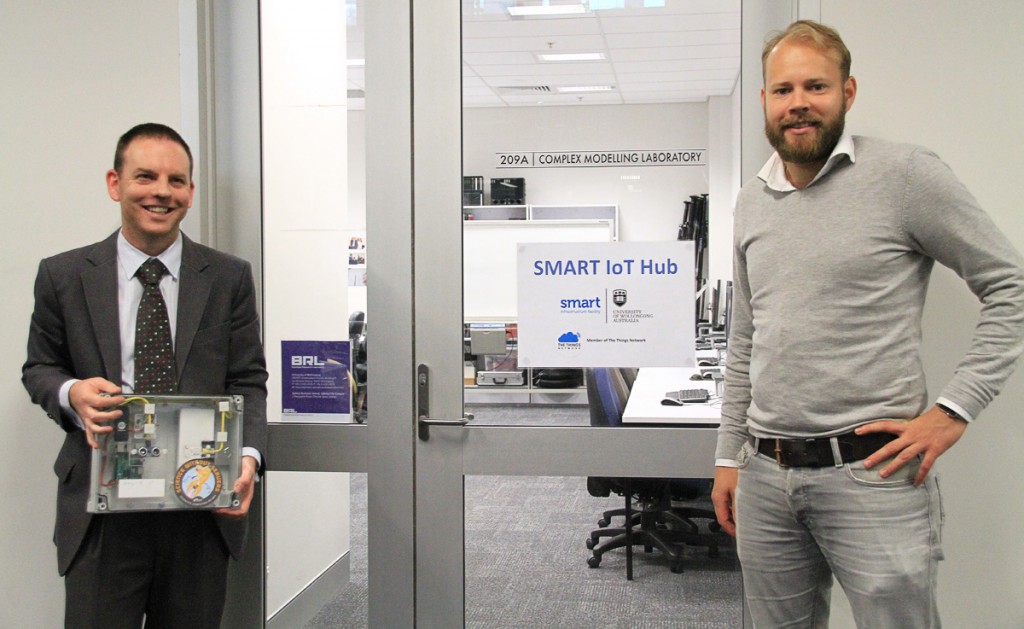By Peter Bridgewater, McKinnon-Walker Fellow
As we moved towards the end of the second decade of the C21st it is clear we are in the era of the Anthropocene –even if geologists are still undecided when – or even if – there is such a thing. Irrespective of the geologists we are certainly in a different era from even 50 years ago, and this necessitates a different way of thinking and viewing our environments, from the wild to the urban…








